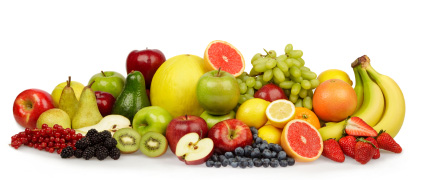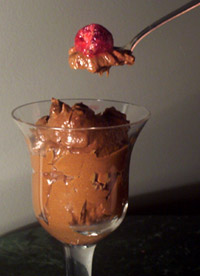Many parents and clinicians have found a number of nutritional strategies to be quite helpful in reducing ADHD-like symptoms. Because chronic constipation and environmental sensitivities seem to be common in the ADHD population, I strongly encourage my clients to seek a medical evaluation before radically changing their eating habits.
Making sure that you are properly digesting the food you eat is a great way to guard against spending hard earned money on expensive supplements that your body isn’t utilizing. Checking for allergies and food sensitivities is also a good idea. It has been suggested by some ADHD researchers that the popular Feingold Diet more likely addresses allergies than true ADHD. In any case, too many parents have reported tremendous reductions in hyperactivity and behavior problems upon implementing the Diet to ignore its merit.
ADHD experts encourage nutritional plans that include:
- Nutrition-dense foods
- Foods high in Omega 3’s and 6’s
- Foods high in protein and fiber; low in sugar
- Diet plans that do not include common allergens
Because the Omega 3s and 6s provide our body with the building blocks of important chemicals (neurotransmitters) our brains use to communicate, foods rich with these nutrients are a central ingredient in most nutrition plans developed for the ADHD population.
The Omegas contain essential fatty acids (EPA and DHA) that our bodies only get from the foods that we eat. These nutrients are rich in fats and oils that add flavor to our food and help us feel full and satisfied. Unfortunately, in our nation’s effort to fight obesity by cutting calories we have been depleting our brains of critical nutrients. Reach for the nutrition-dense fats found in avocados, salmon, walnuts, flax seed and flax seed oils.


“Healthy-in-Disguise” Chocolate Pudding
Parents of children with ADHD know how difficult it is to get their children to make healthy food choices. Recipes like this provide rich nutrition in a most delicious format. Until nutritional imbalances are restored you may have to go the extra mile in sneaking the good stuff into their meal plan.
Step 1. Mix and puree until smooth:
3/4 cup Medjool dates (pitted and tightly packed)
1/4 cup boiling water
Step 2. Add to the date mixture and puree until silky:
3 whole avocados (peeled and pitted)
2 tsp. organic vanilla extract (or substitute one tsp. w/almond extract)
1 tsp. Celtic sea salt
1/2 – 3/4 cup of cocoa powder (dark or regular); adjust to taste
Step 3. Drizzle into the mixture:
1/2 cup pure maple syrup
Step 4. Optional
Sprinkle with crushed toasted almonds or peanuts
Top with fresh whipped cream
Chill pudding at least one hour. Also nice when frozen, then served slightly thawed.
Experiment by adding any of your favorite chocolate compliments such as:
cherries
raspberries
pecans
coconut
Try filling your favorite graham cracker crust with this pudding!
